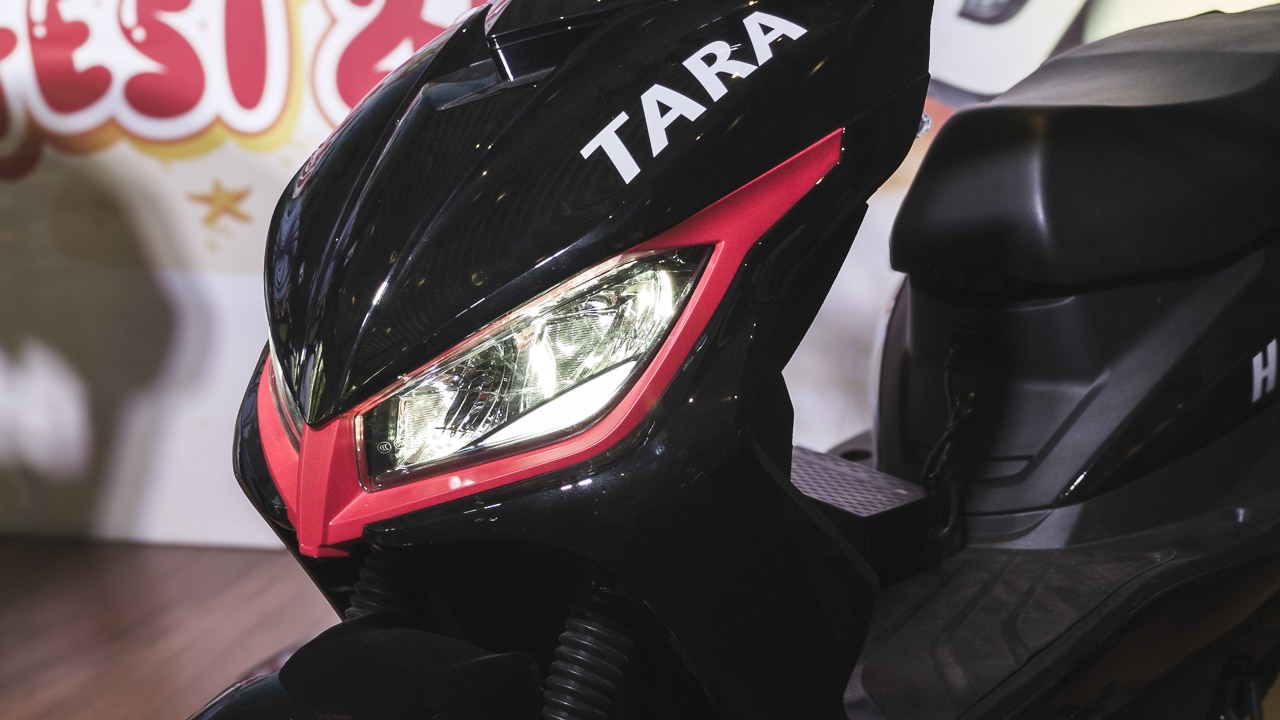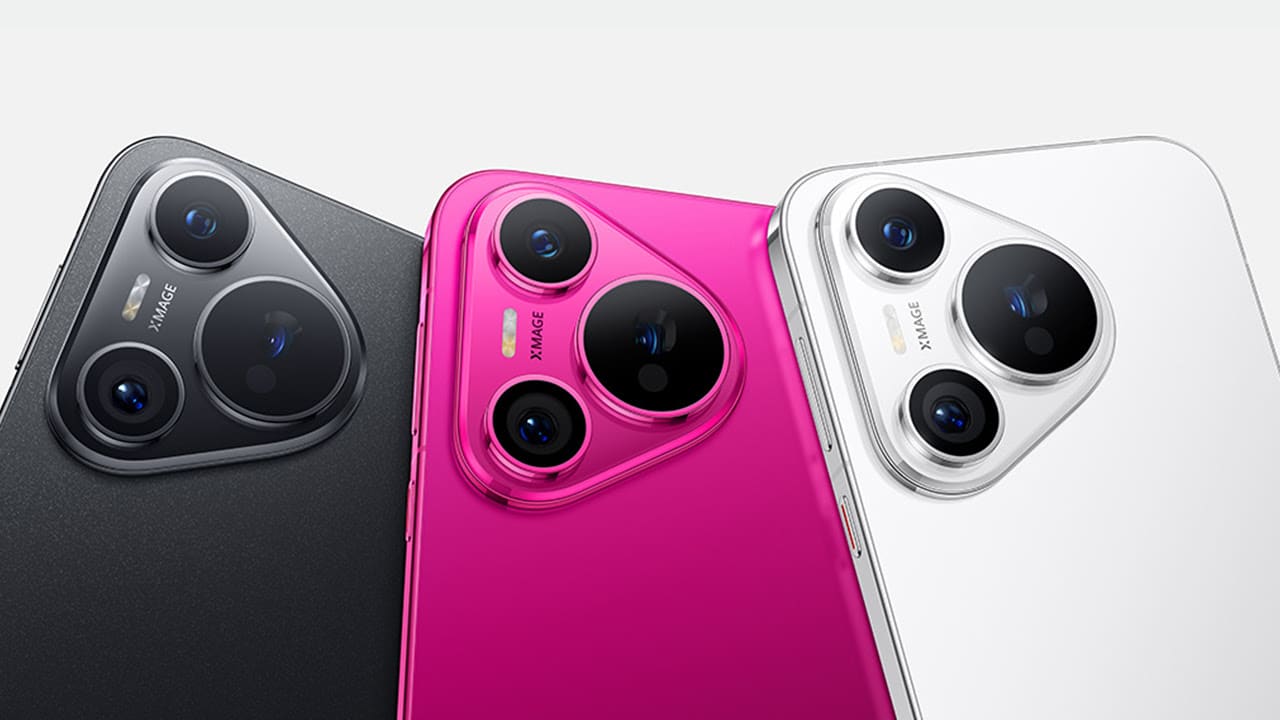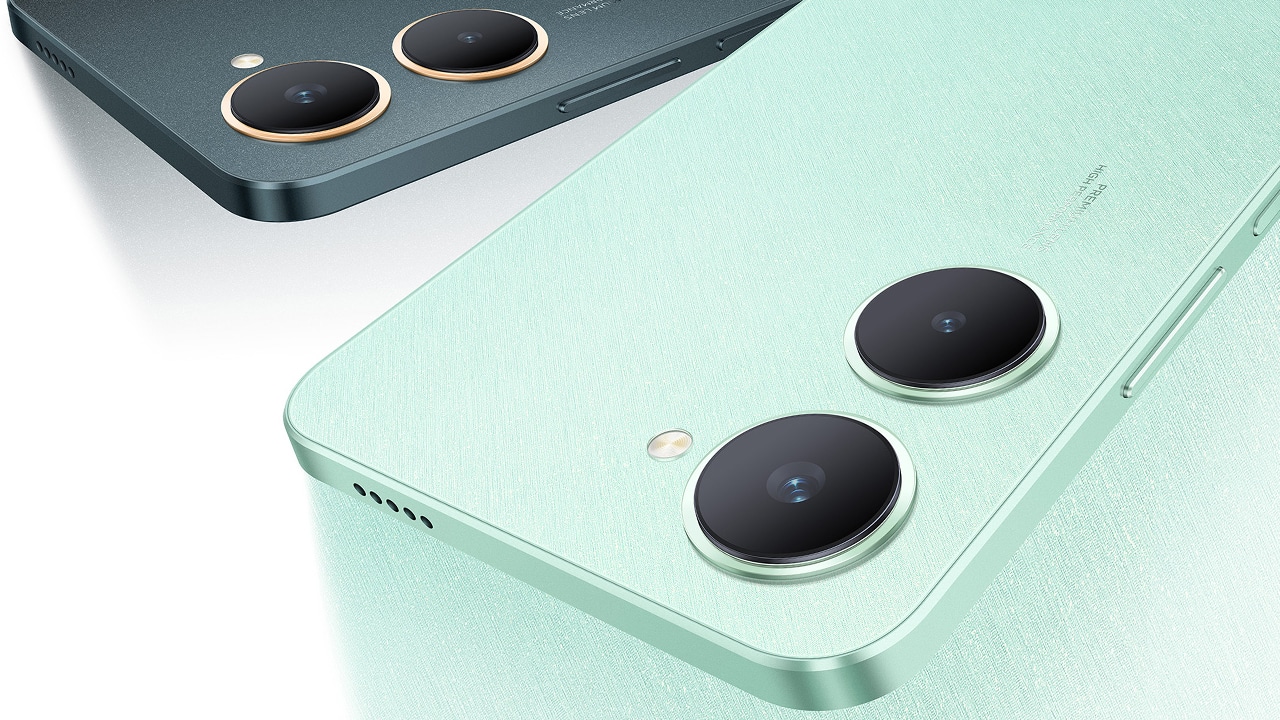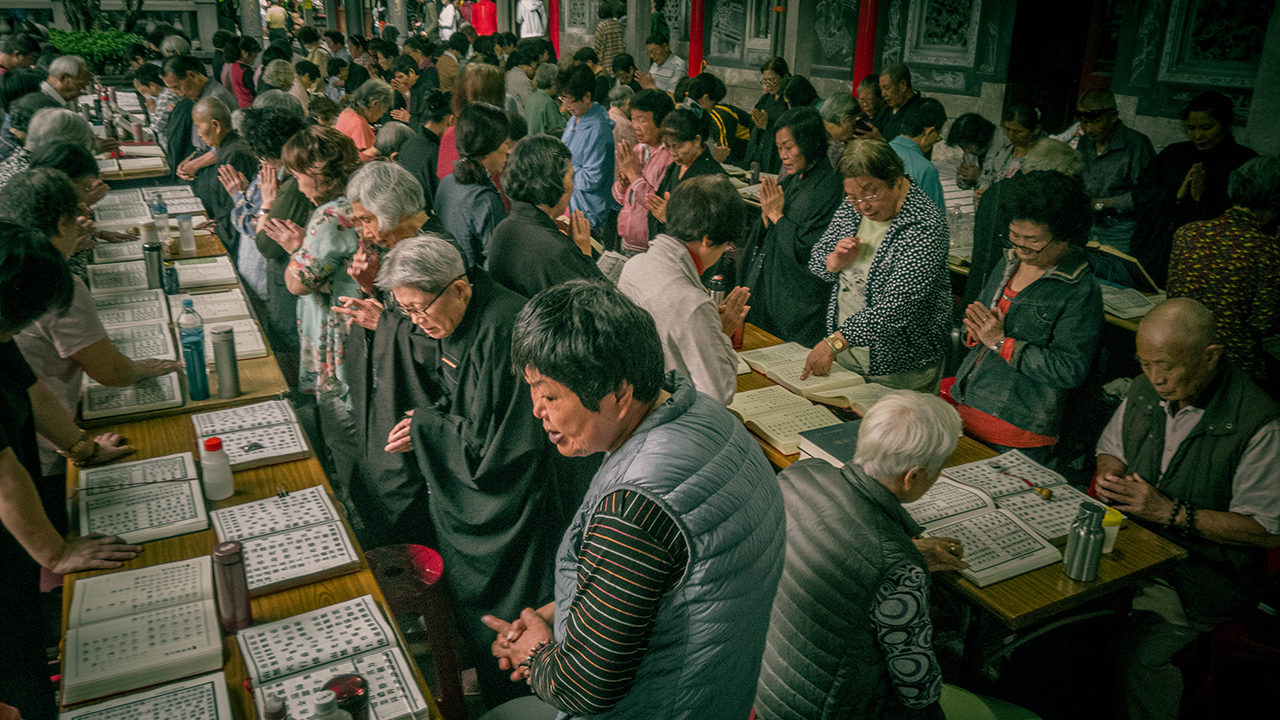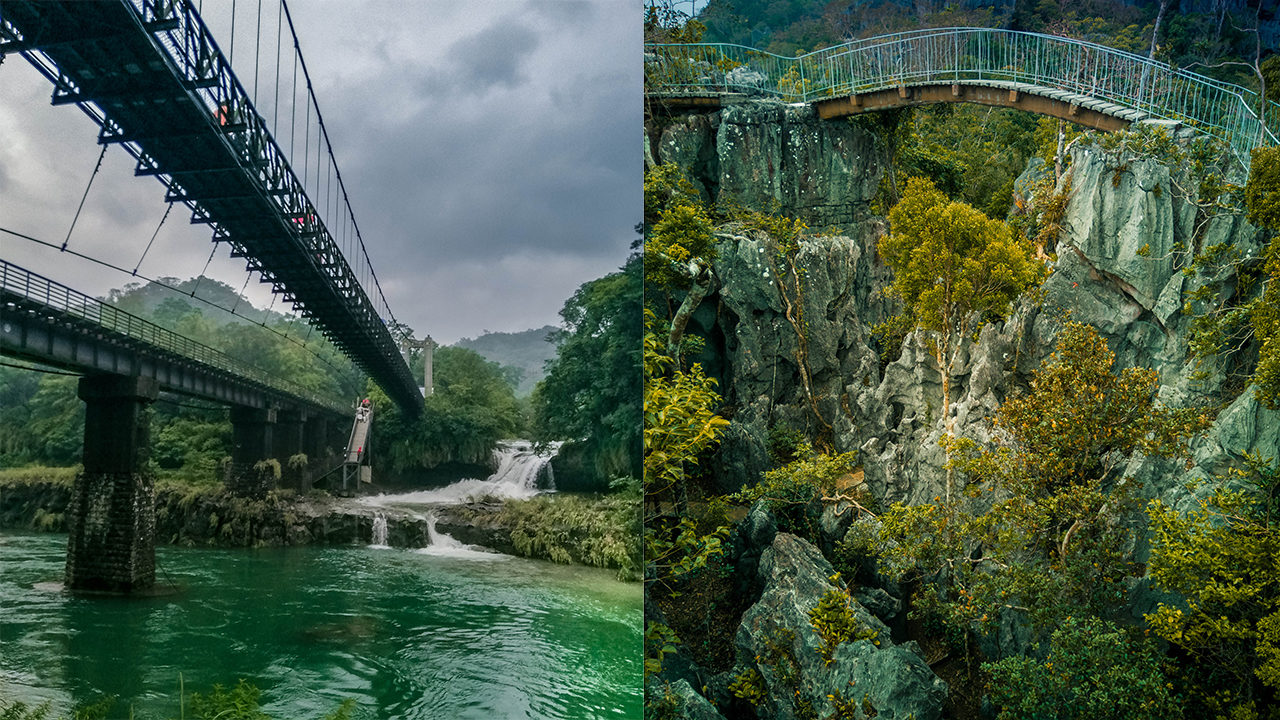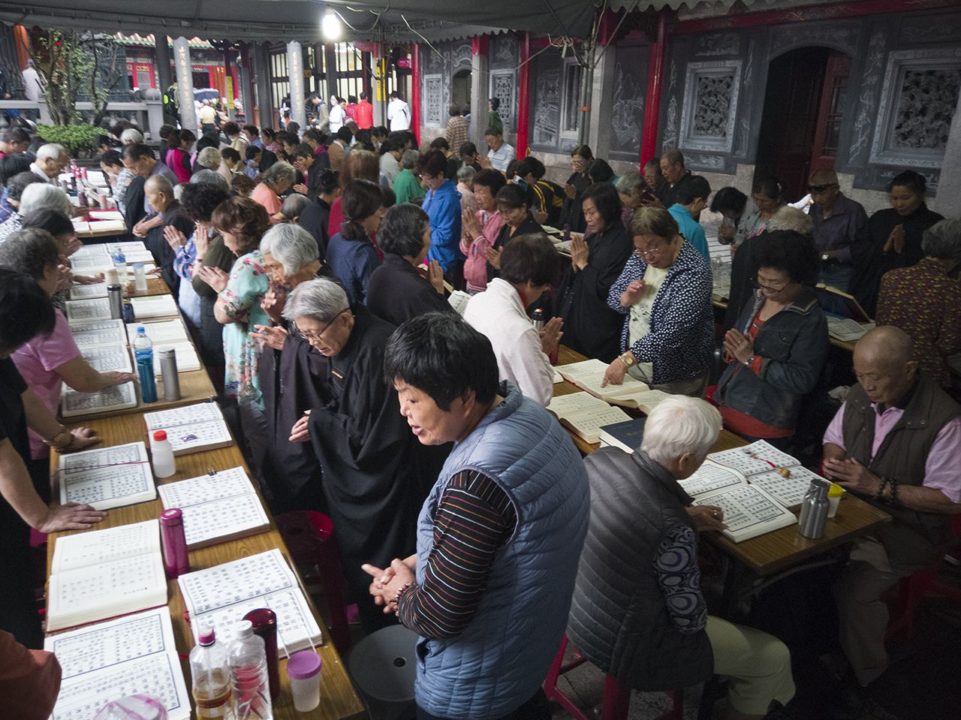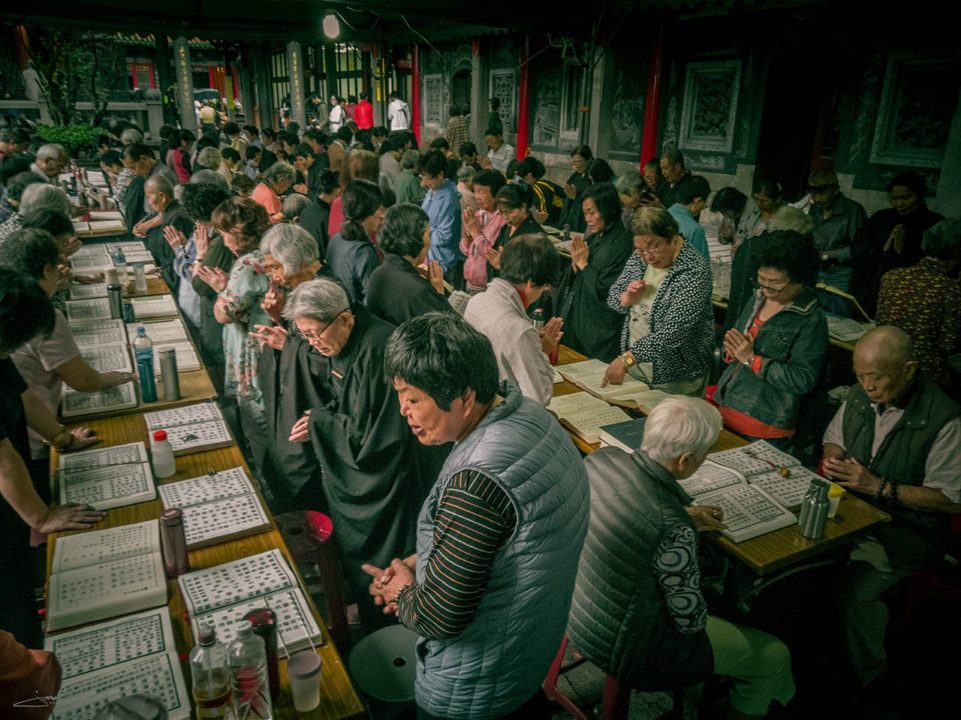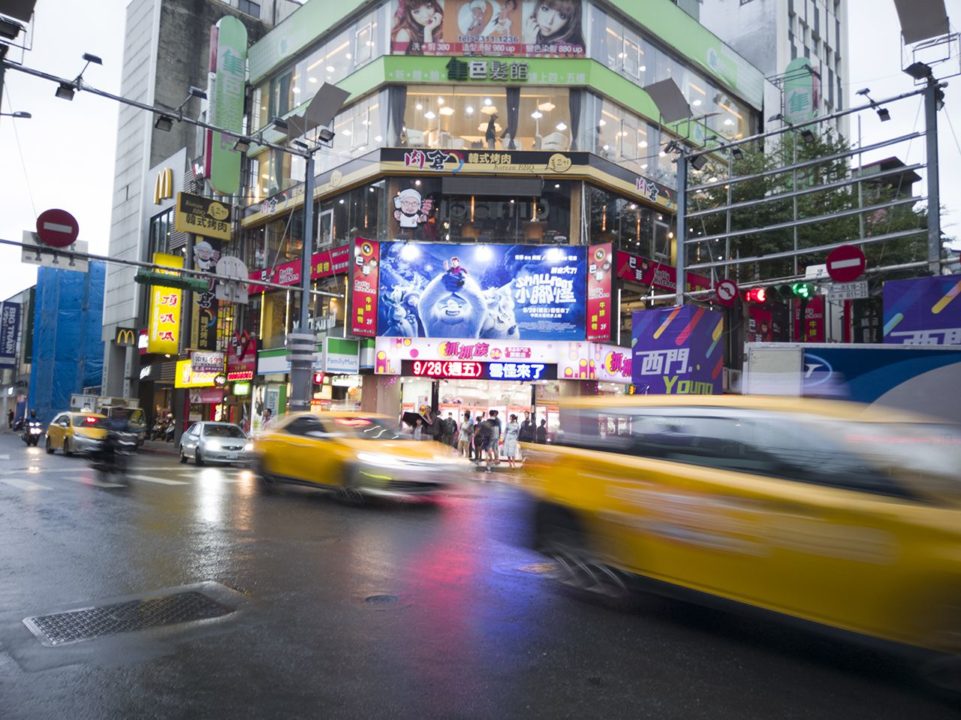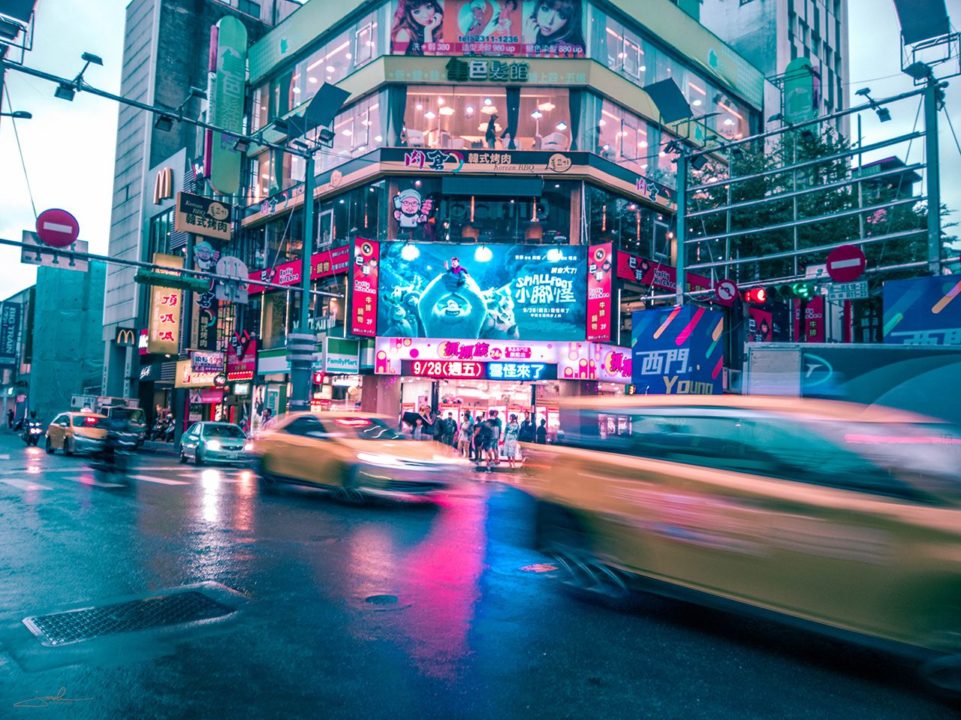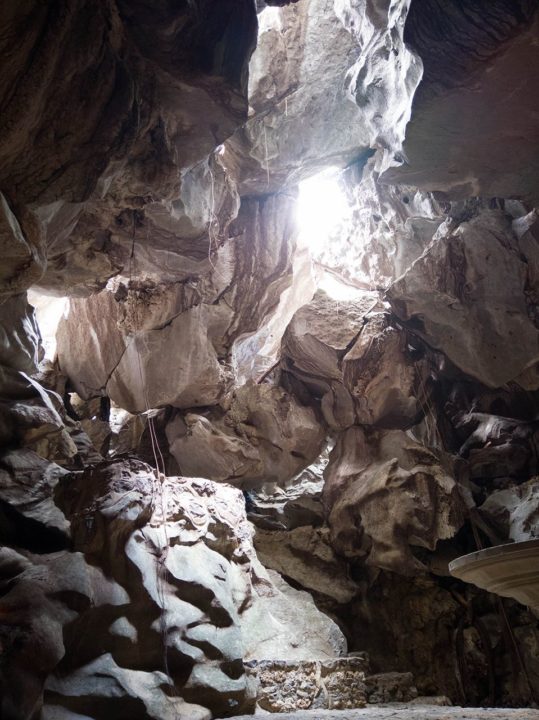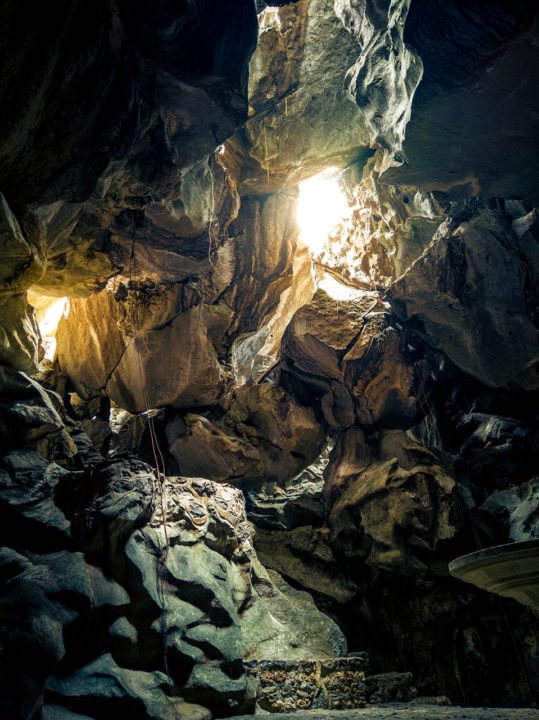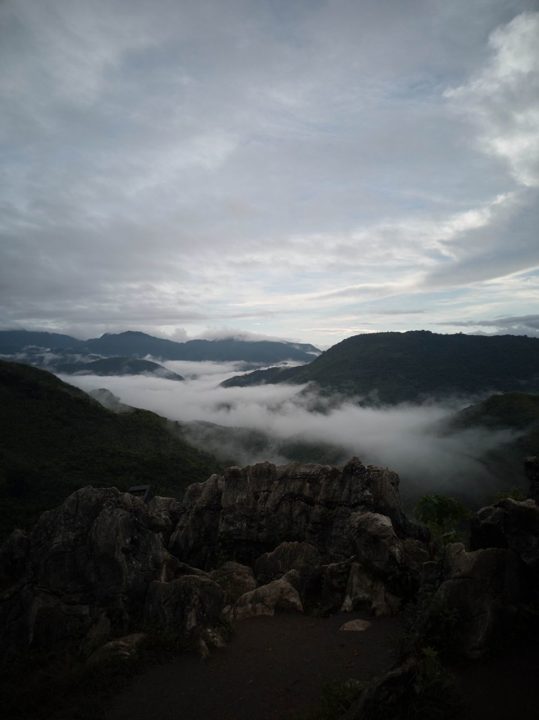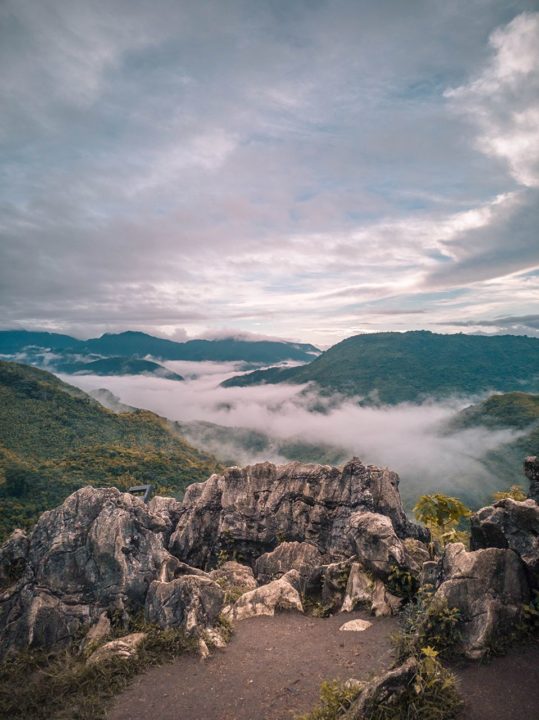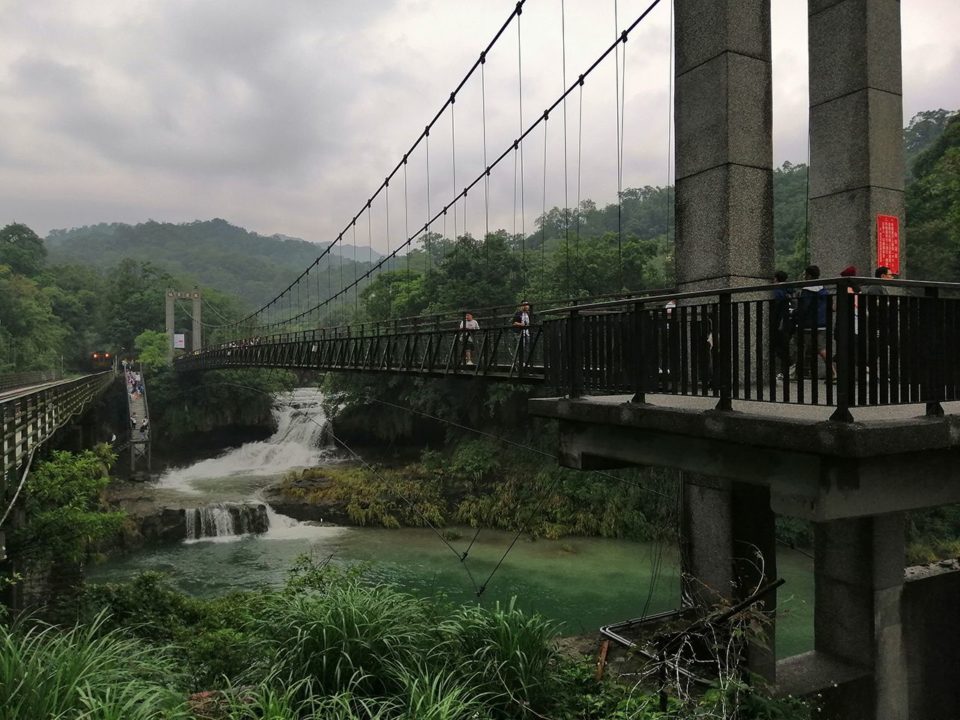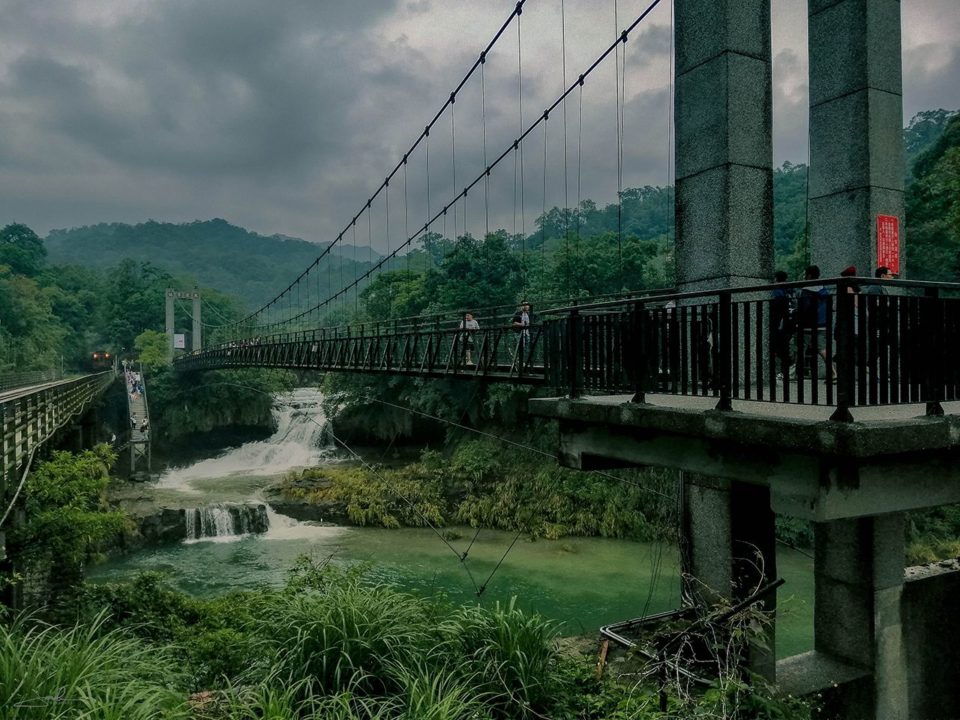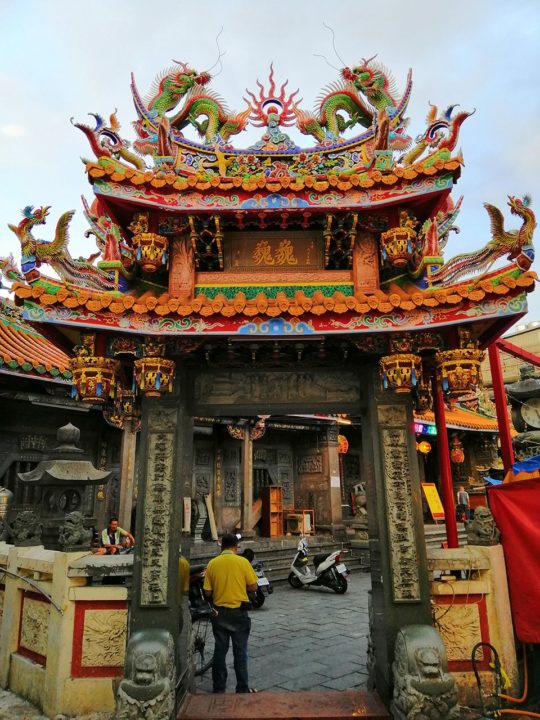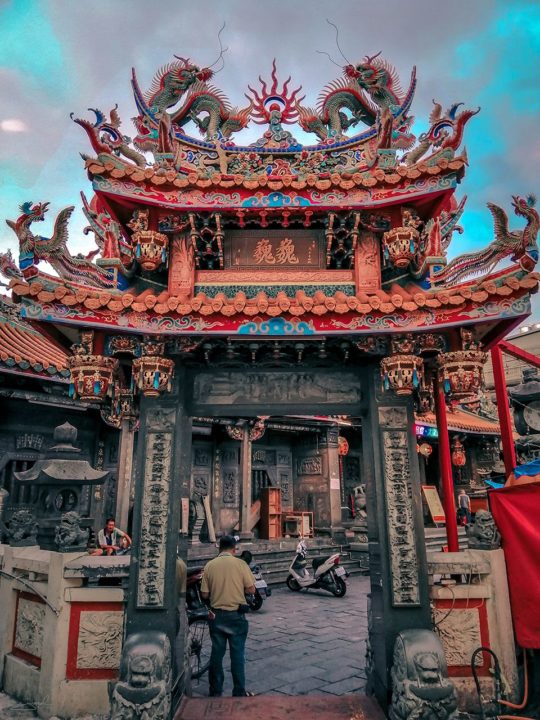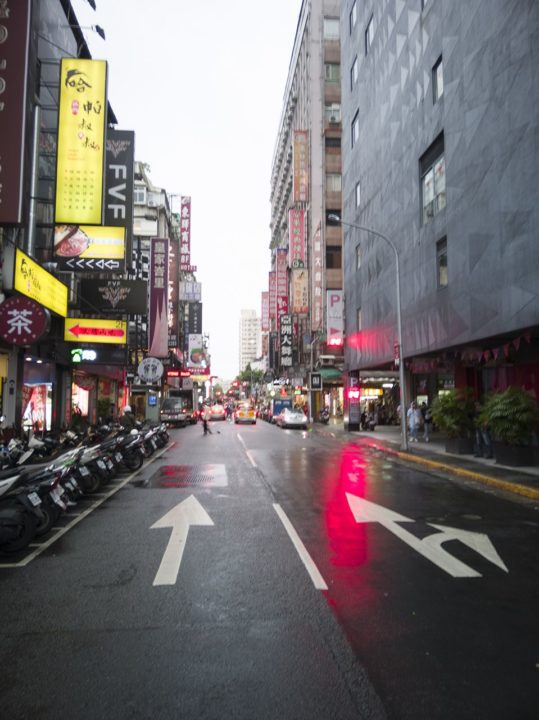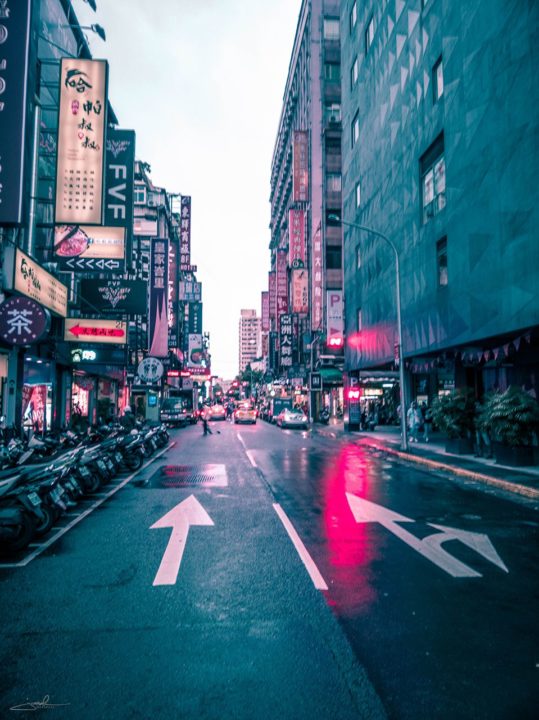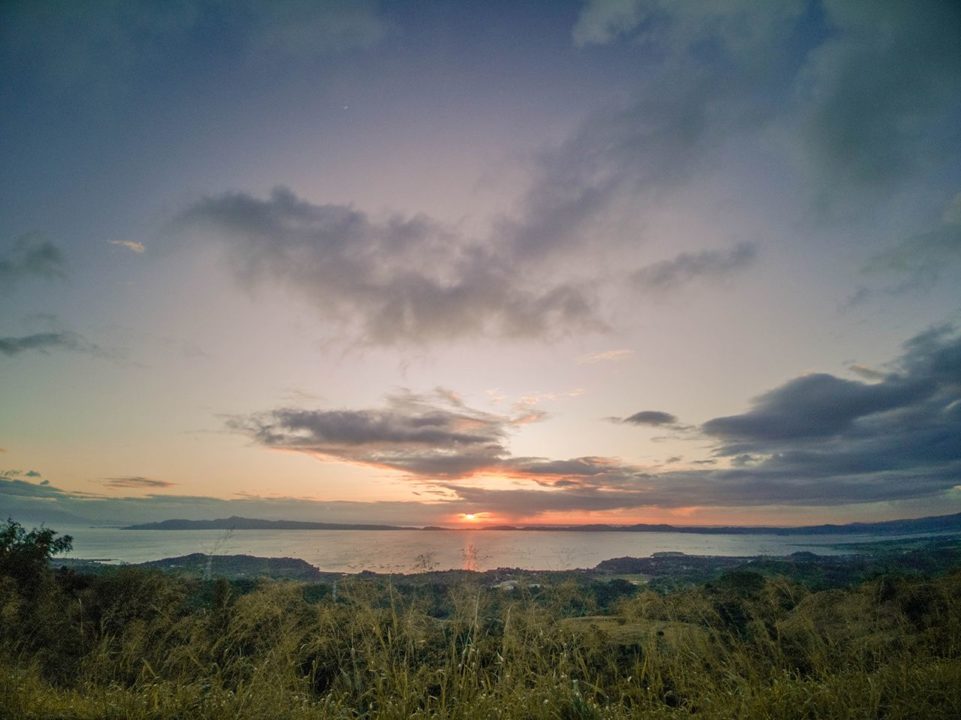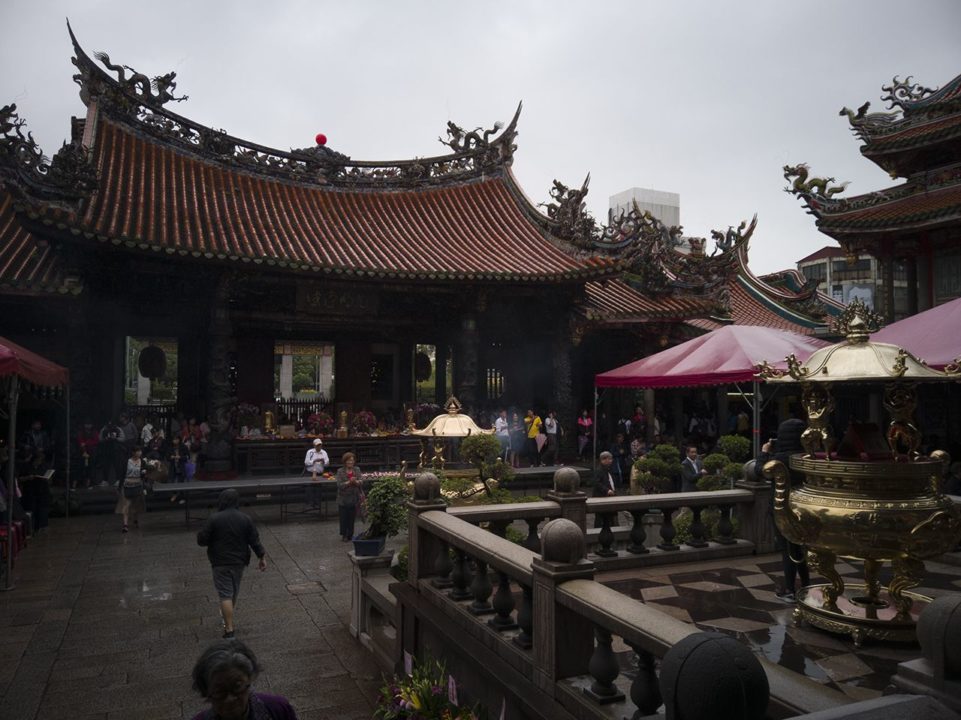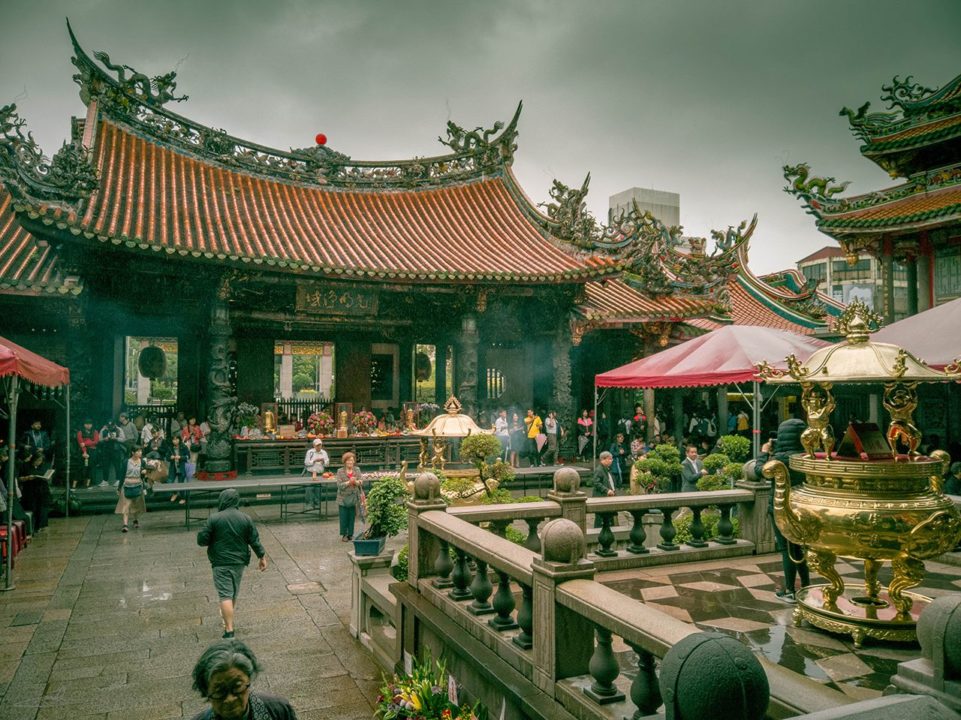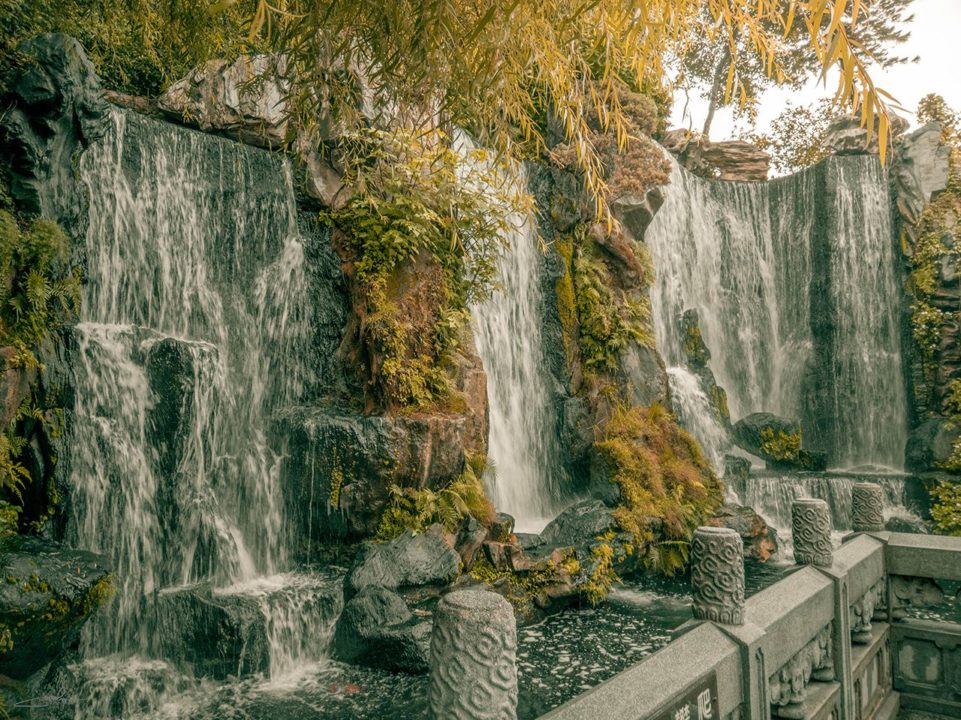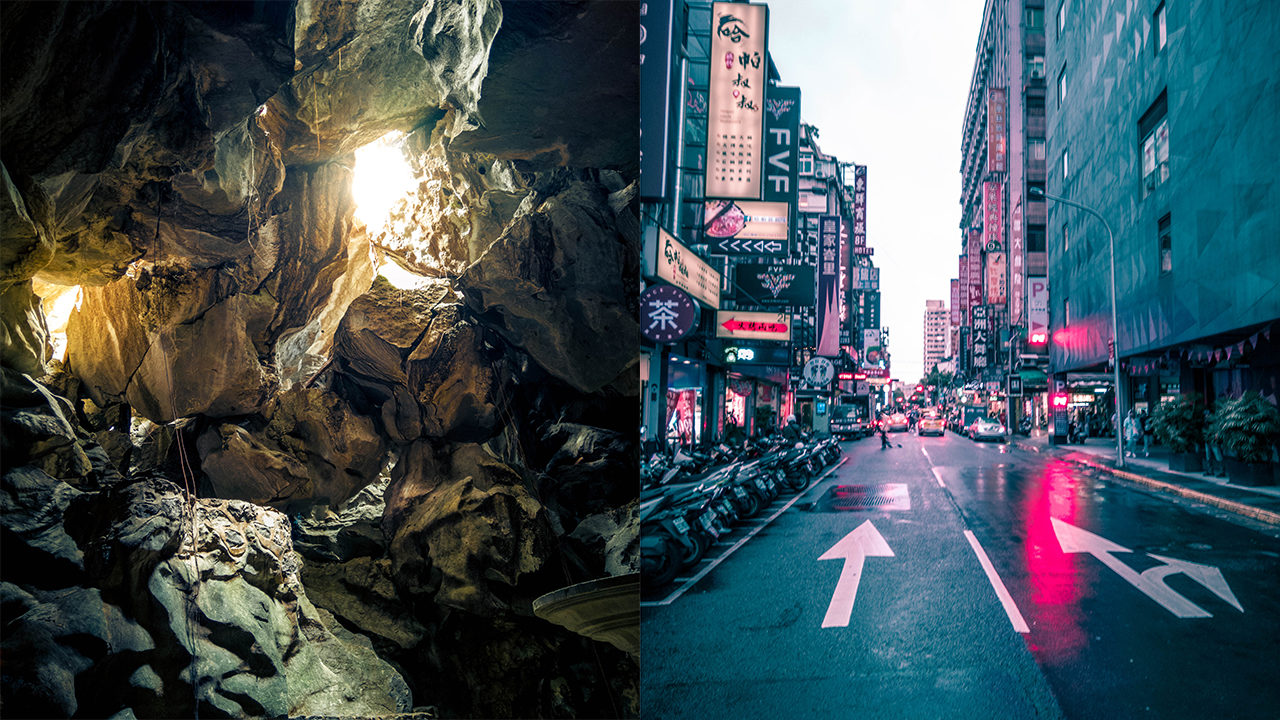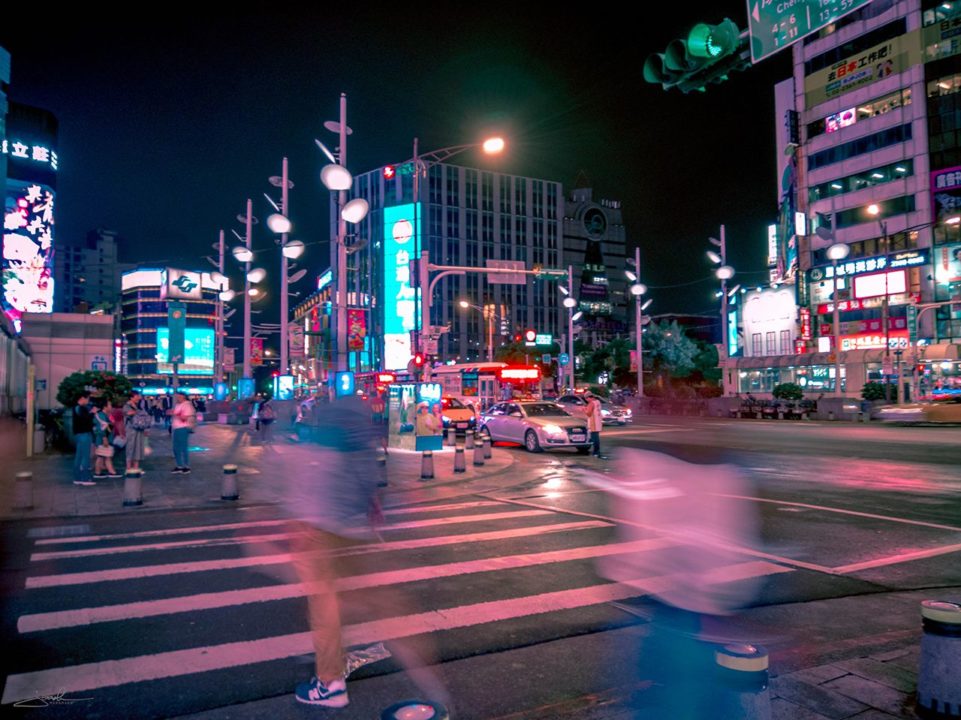ASUS Philippines has announced the return of the Zenfone series, with the all-new Zenfone 8 series – the most powerful generation to date. Fans of this beloved mobile brand can now reserve one for their own. Details are found at the pre-order microsite.
The new series is powered by the latest flagship Qualcomm Snapdragon 888 5G Mobile Platform, featuring the fastest possible 5G speeds. High-capacity batteries — 4000 mAh in Zenfone 8 and 5000 mAh in Zenfone 8 Flip — deliver outstanding battery life for non-stop lifestyles.
Both Zenfone 8 and Zenfone 8 Flip feature gorgeous Samsung AMOLED displays with Delta-E <1 color accuracy, offering a superbly immersive visual experience with ultra-vivid colors. Additionally, Zenfone 8’s display has an ultrafast up to 120 Hz refresh rate. The displays also include in-display fingerprint sensors for convenient security.
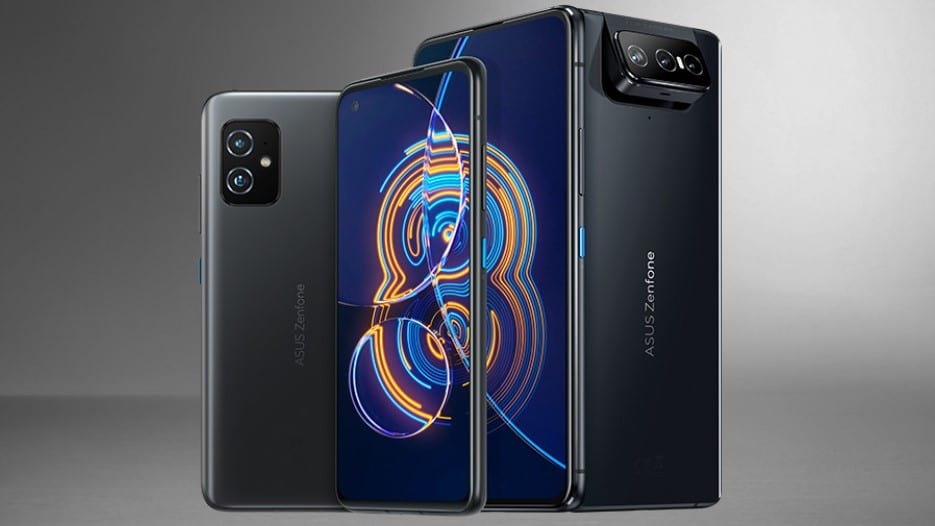
Flagship Sony camera sensors add superb photo and video capabilities to both phones. Zenfone 8 has a fixed rear dual-camera system, while Zenfone 8 Flip features the innovative triple-camera Flip Camera, a motorized flip-up module that enables the same high-resolution photos and videos at both front and rear.
Zenfone 8 has a sleek all-new design, with dimensions specifically chosen to allow easy pocketability and effortless one-handed operation. A 3D-curved back with a new frosted glass finish for a more secure grip. Zenfone 8 is additionally the recipient of a 2021 Red Dot Product Design Award, awarded by an international jury in recognition of its outstanding design.
Flagship performance
Zenfone 8 and Zenfone 8 Flip use the latest flagship Qualcomm Snapdragon 888 5G Mobile Platform, built using a 5-nanometer process technology. This processor offers up to 25% faster CPU performance and up to 35% faster graphics rendering compared to the previous generation.
Outstanding battery life for non-stop lifestyles is ensured by high-capacity batteries — 4000 mAh in Zenfone 8 and 5000 mAh in Zenfone 8 Flip.
Advanced battery-care systems maximize battery lifespan, and the new System Mode in the ZenUI 8 operating system has a variety of automatic power-management modes that users can easily switch between depending on their needs, ranging from maximum performance to maximum battery life.
Advanced manual configuration of power-saving parameters is also possible.
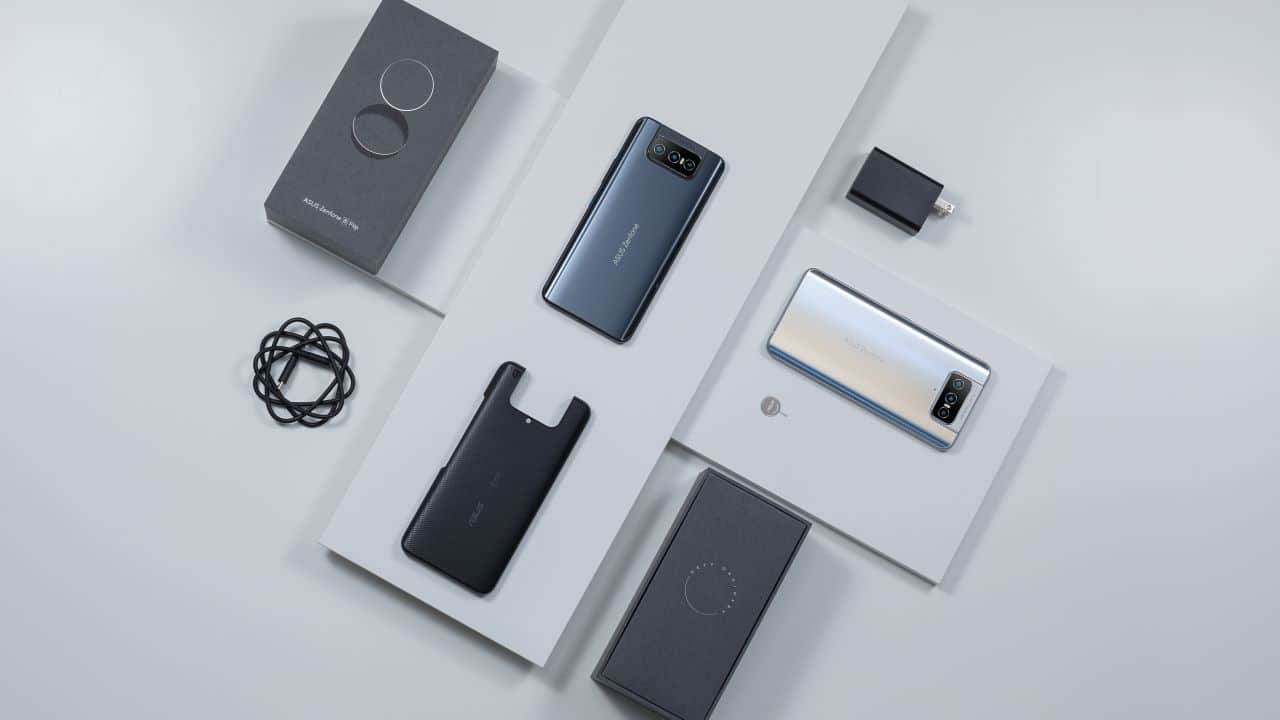
Experience visual perfection
Both Zenfone 8 and Zenfone 8 Flip are equipped with bright, ultra-responsive Samsung AMOLED displays. Tuned in collaboration with industry-leading visual processing company Pixelworks, the superb visual experience is enhanced with Delta-E <1 color accuracy and DC Dimming technology.
The displays are also HDR10+ certified to bring out the detail in even the darkest scenes. In-display fingerprint sensors make unlocking the phones simple and intuitive.
Zenfone 8 has a 120 Hz Samsung AMOLED display with a 1 ms response time for silky-smooth scrolling and blur-free visuals. The cinema-grade 112% DCI-P3 color gamut brings videos and images to life, and the 1000-nits brightness allows easy outdoor readability. And to keep it looking great for longer, the display’s protected by the latest and toughest-ever Corning Gorilla Glass Victus.
Zenfone 8 Flip has an all-screen, 100% notch-free 90 Hz Samsung AMOLED NanoEdge display with vivid colors and smooth responsiveness.
Pro-grade photography
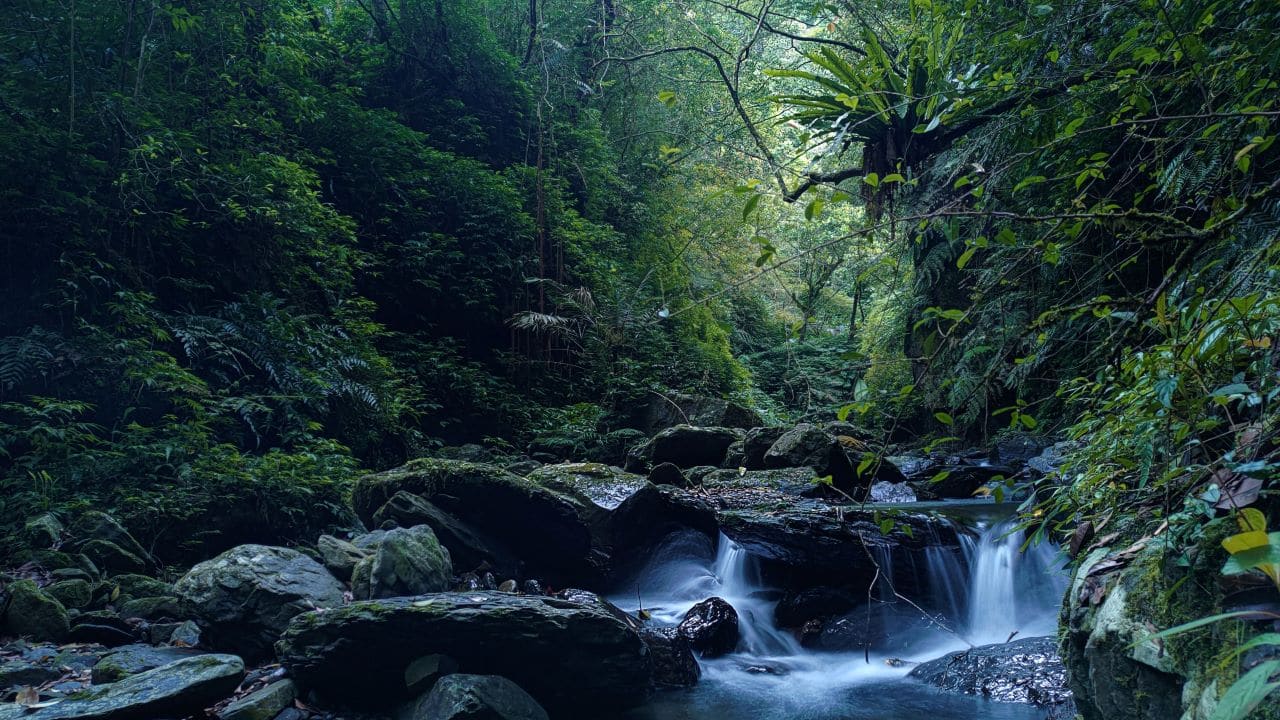
Photographers of any level are amply catered for by the advanced professional-grade camera systems in the Zenfone 8 series, which feature all-Sony sensors.
The rear dual-camera system on Zenfone 8 captures every precious moment with superb-quality photos under any conditions. The 64 MP Sony IMX686 main camera delivers unprecedented resolution, dual-pixel autofocus, optical image stabilization and a high level of light sensitivity, for perfect photos day and night.
The ultrawide 12 MP Sony IMX363 camera allows even more freedom for composition and it can also take incredible macro shots with close-up details. At the front, a 12 MP Sony IMX663 punch-hole camera with dual-pixel autofocus delivers crystal-clear selfie shots and videos.
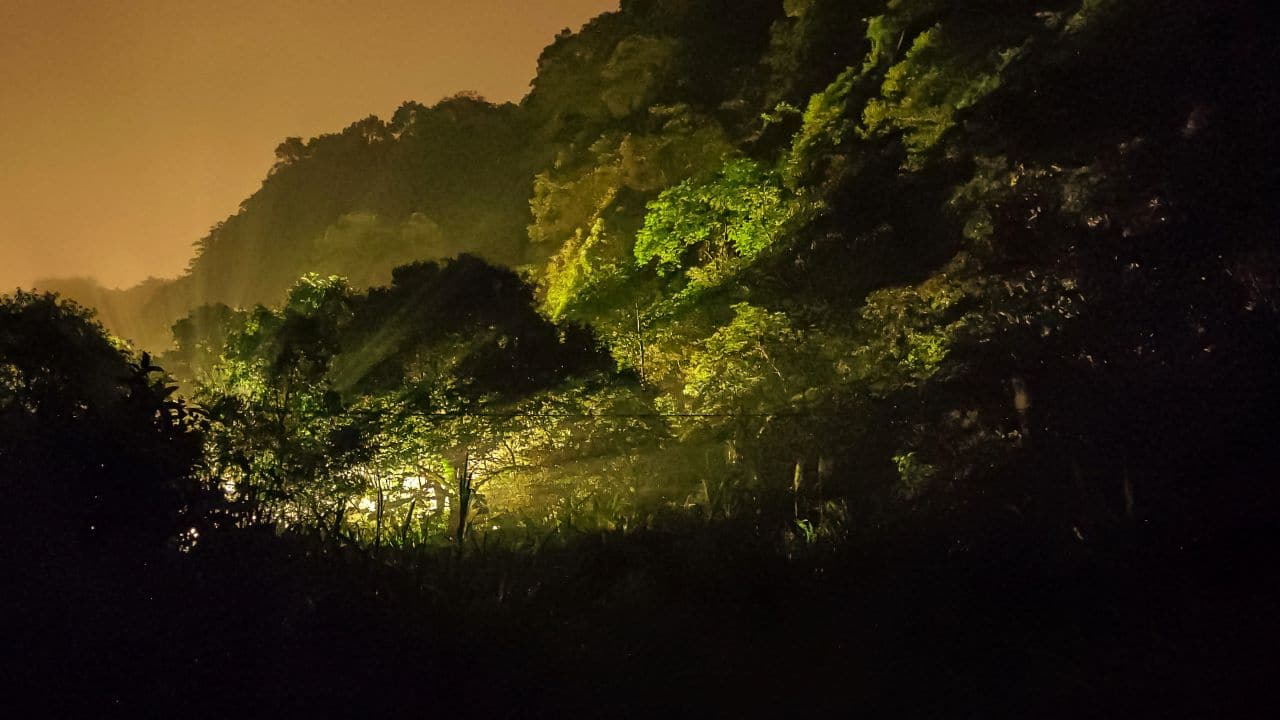
First Zenfone Flip in the Philippines
The renowned Zenfone Flip will be making its way to the Philippines through the 8th generation of Zenfones. The Zenfone 8 Flip features the groundbreaking Flip Camera that is a motorized flip-up module with an evolved triple-camera system, which offers the same high-resolution photo and video capabilities whether the module is front-facing or rear-facing.
The main camera is a Sony IMX686 64 MP high-resolution wide-angle camera with dual-pixel phase-detection autofocus for maintaining an ultrasharp focus on subjects. There is also the Quad Bayer technology and enhanced light sensitivity for stunning photos — day or night.
A secondary ultrawide-angle camera is powered by a Sony IMX363 sensor, and this camera supports up to 4 cm macro photography for incredibly detailed close-up shots. The third camera is a telephoto camera, which enables 3X optical zoom, up to 12X total zoom, and seamless transitions between cameras while recording.

The Zenfone 8 Flip camera also features additional shooting modes utilizing the unique motorized flip mechanism – Motion Tracking which automatically tracks a subject using the motorized camera, Free Angle Shooting which allows you to set the camera in unique perspectives and angles and Auto Panorama which allows you to capture incredible vistas automatically with the flipping motion.
Irrestistable design
Zenfone 8 redefines portable design to deliver the ultimate performance, with none of the weight or bulk. It is designed to be easy to use and easy to carry, everywhere, and built to impress with its irresistible looks and premium feel. A key design goal was to make Zenfone 8 exceptionally easy to use, even with just one hand.
The all-new One-handed Mode gives users full and comfortable control using just their thumb. The 3D-curved back perfectly fits the palm, and the brand-new frosted glass coating gives Zenfone 8 a clean and sleek look, all the time, while making it even easier to grip.
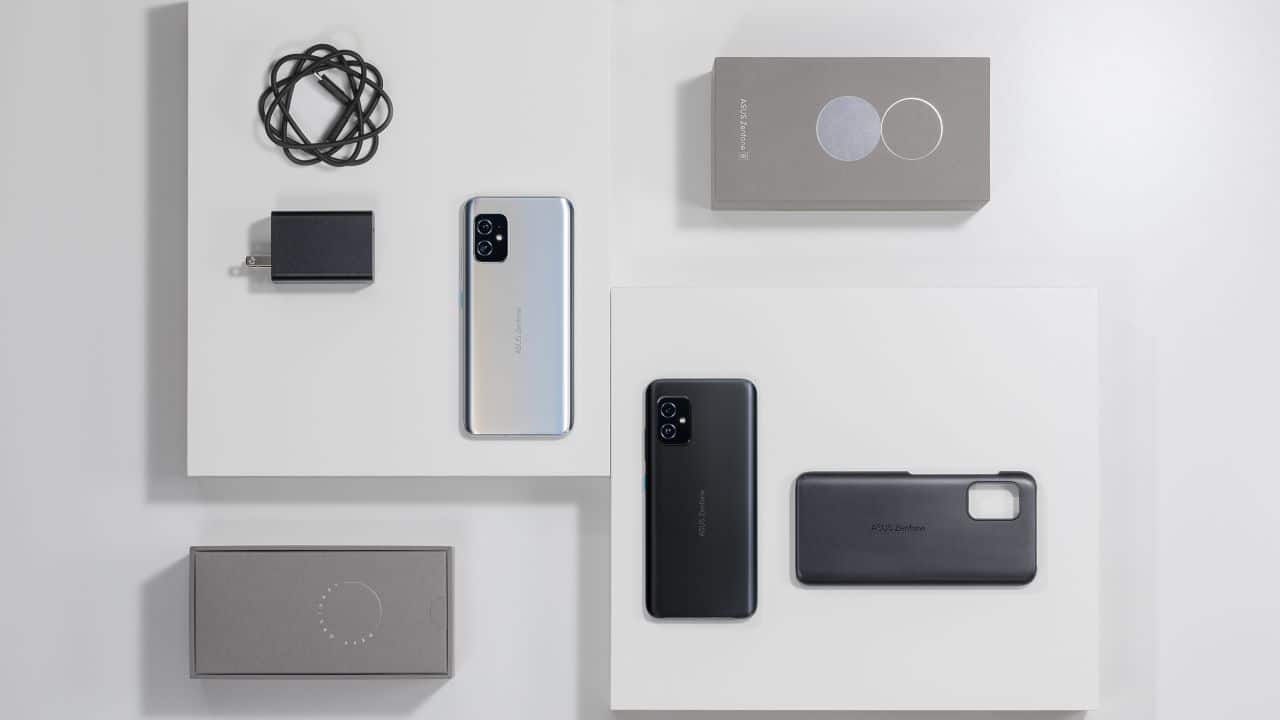
Zenfone 8 Flip has been redesigned to allow a better grip while still packing a large battery. The 3D curved back has been carefully reshaped for optimum grip.
Availability and pricing
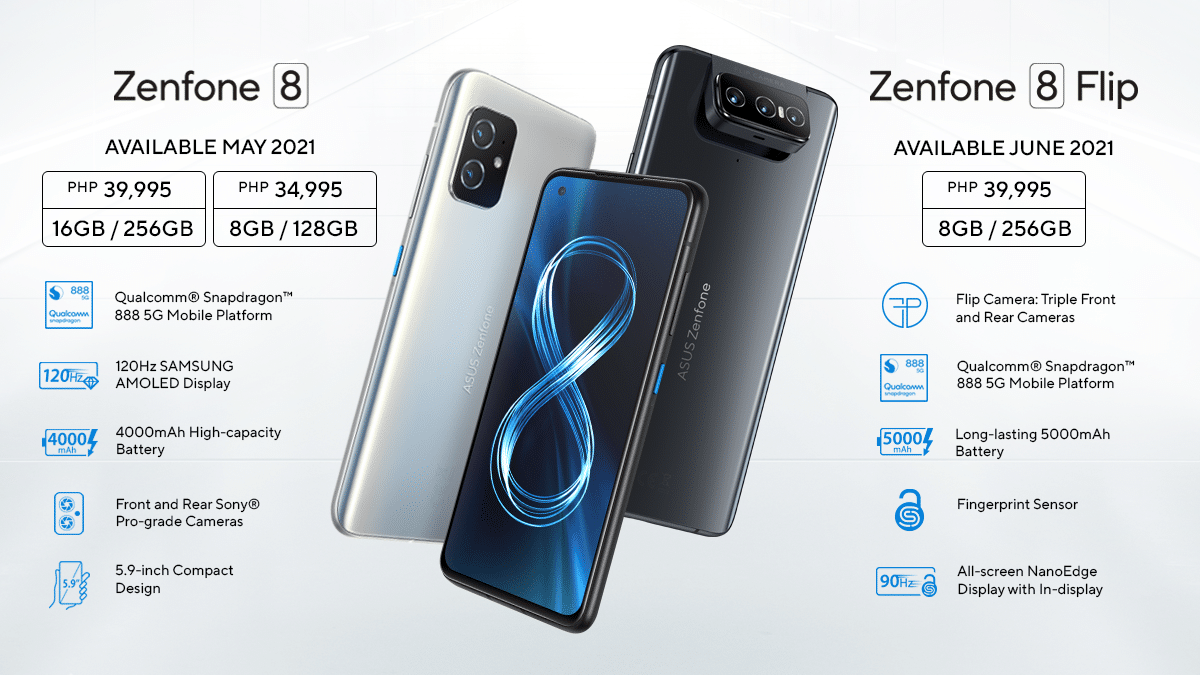
ASUS Zenfone 8 series will be available for pre-orders starting May 14, 2021 at official ASUS Concept Stores, accredited online and offline shops. Successful pre-order registrants will receive a free Rhinoshield Solidsuit Hardcase and a JBL Go 3 alongside the model of choice, to complete the Zenfone experience. For further details on the mechanics and the participating shops, visit this link.
| PRODUCT | SPECIFICATIONS | SRP | ETA | PRE-ORDER PERIOD | OUT OF BOX PRE-ORDER FREEBIES |
| Zenfone 8 Flip | 6.67″ AMOLED/S888/8G LPDDR5/256G UFS3.1/5000mAh Galactic Black/Glacier Silver | PhP 39,995 | June 2021 | May 14-June 10, 2021 | RHINOSHIELD SOLIDSUIT HARDCASE, JBL GO 3
|
| Zenfone 8 | 5.9″ AMOLED/S888/16G LPDDR5/256G UFS3.1/4000mAh Obsidian Black | PhP 39,995 | May 2021 | May 14-25, 2021 | |
| Zenfone 8 | 5.9″ AMOLED/S888/8G LPDDR5/128G UFS 3.1/4000mAh Obsidian Black/Horizon Silver | PhP 34,995 | May 2021 | May 14-25, 2021 |




